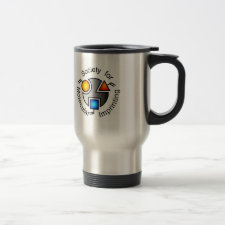
Authors: del Sole R, Lazzoi MR, Arnone M, Della Sala F, Cannoletta D, Vasapollo G
Article Title: Experimental and Computational Studies on Non-Covalent Imprinted Microspheres as Recognition System for Nicotinamide Molecules.
Publication date: 2009
Journal: Molecules
Volume: 14
Issue: (7)
Page numbers: 2632-2649.
DOI: 10.3390/molecules14072632
Abstract: Molecularly imprinted microspheres obtained by precipitation polymerization using nicotinamide (nia) as template have been prepared and characterised by SEM. How various experimental parameters can affect microsphere morphology, reaction yield and re-binding capacity have been evaluated. Pre-polymerization interactions between template and functional monomer in chloroform and MeCN have been studied by 1H-NMR. The results suggest that the interaction between nia and methacrylic acid (MAA) is mainly based on hydrogen-bonding between amide protons and MAA. Computational density functional theory (DFT) studies on MAA-nia complexes have been also performed to better understand hydrogen-bonding interactions. The imprinted activity of the microspheres, synthesized in chloroform or acetonitrile (MeCN), has been evaluated by spectrophotometric analysis of nia solutions when chloroform or MeCN are used as incubation solvents. The results suggest that MeCN interferes with hydrogen bonding between template and MAA during either the polymerization step or re-binding process as also observed from theoretical results. Finally, the selectivity towards selected nia analogues has been also confirmed.
Template and target information: nicotinamide, nia
Author keywords: molecular imprinting, UV-vis spectroscopy, NMR, nicotinamide (nia), theoretical DFT studies



Join the Society for Molecular Imprinting

New items RSS feed
Sign-up for e-mail updates:
Choose between receiving an occasional newsletter or more frequent e-mail alerts.
Click here to go to the sign-up page.
Is your name elemental or peptidic? Enter your name and find out by clicking either of the buttons below!
Other products you may like:
 MIPdatabase
MIPdatabase









